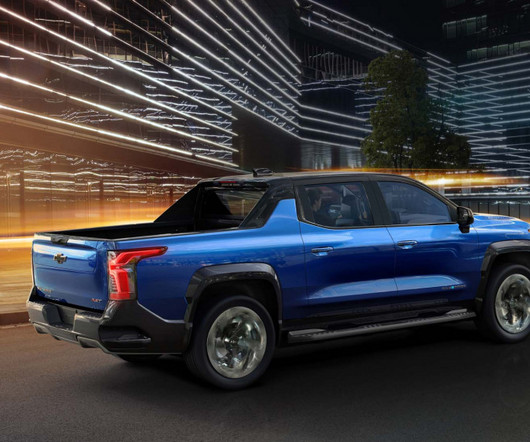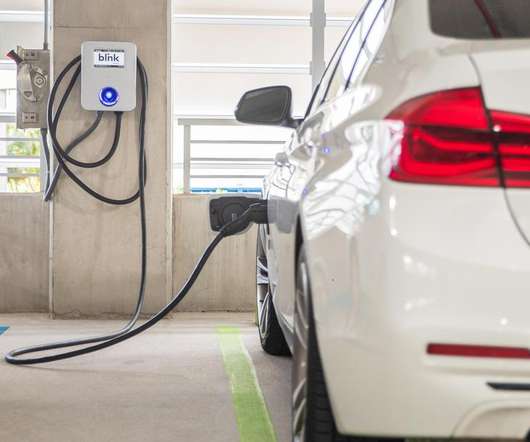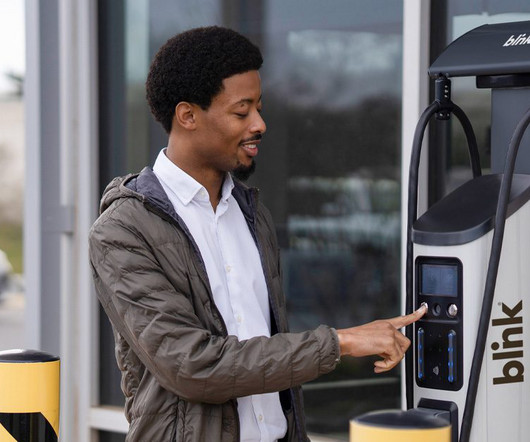Taycan review, Equinox EV deal, R1T top safety, 70-mile PHEVs: The Week in Reverse
Baua Electric
APRIL 7, 2024
Is CEO Elon Musk costing Tesla sales? More energy-dense batteries coming in the near future aren’t just destined for fully electric vehicles. Over an abundance of caution over battery fires just after charging, it will replace defective battery modules and in the meantime advises only charging to 80% if your vehicle is affected.












Let's personalize your content